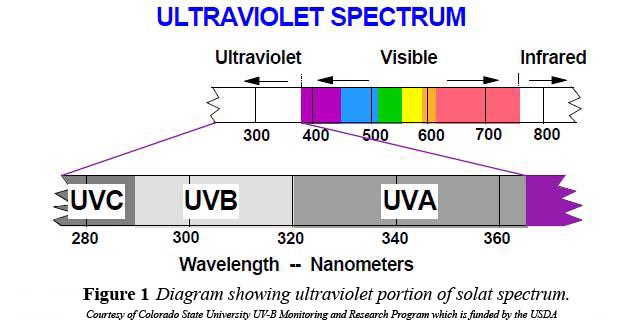VITAMIN D AND HAIR LOSS
Entri Populer
-
Quick summary: you want 400+ mg of Mg (of the Element, not the compound) Magnesium is essential for you to get the benefits of Vitamin D - V...
-
Description An in-depth report on the dietary importance of vitamins and other nutrients. Alternative Names Carotenoids; Flavonoids; Phytoch...
-
This product makes some very bold claims: Continued use WILL prevent further hair loss & Safe for ALL hair types. The question is, does...
-
Vitamin D Deficiency There are some effects of Vitamin D deficiency. Dizziness, Hair loss, Pain in the joints, gloom. Especially dizz...
-
By Dr. Mercola Vitamin D deficiency is pandemic in the United States, but many Americans, including physicians, are not aware that the...
-
Vitamin D and Skin of Hair Loss About 100 hairs fall out every day, and this is normal. Hair loss is referred to only fail if significa...
-
The Magic of Making Up is the leading relationship guide available today. It contains all kinds of tips for keeping a relationship healthy a...
-
We see cartons of juice and boxes of cereal trumpeting their vitamin and mineral content, but why are these microscopic nutrients so imp...
-
Vitamin D is a vitamin. It can be found in small amounts in a few foods, including fatty fish such as herring, mackerel, sardines and tuna. ...
Recent-post
Blog Archive
ConsumerLab - independent tests and reviews of vitamin
May-17 - 2015Vitamins: MedlinePlus - National Library of Medicine
May-17 - 2015Vitamin B12 deficiency can be sneaky, harmful - Harvard
May-17 - 2015Vitamin C Linus Pauling Institute Oregon State University
May-17 - 2015New Hair Loss Treatments
May-17 - 2015 Vitamin A - Wikipedia, the free encyclopedia
Vitamin A - Wikipedia, the free encyclopedia
May-17 - 2015Herbal Remedies buy the best natural herbal supplements
May-17 - 2015 Vitamin D Deficiency - Free 1 Hour Vitamin D Lecture
Vitamin D Deficiency - Free 1 Hour Vitamin D Lecture
May-17 - 2015Vitamins University of Maryland Medical Center
May-17 - 2015Vitamin D deficiency symptoms - recovery after vitamin D
May-17 - 2015

